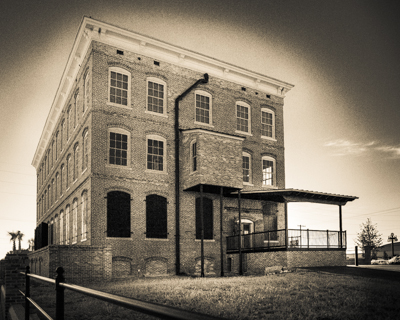Historic Ybor City
Birth of Ybor City, the Cigar Capital of the World
Cigar industrialist Don Vicente Martinez Ybor contracted with the Tampa Board of Trade on October 5, 1885, to relocate his hand rolled cigar manufacturing business Ybor & Co. to what is now known as Ybor City, FL.1 Ybor purchased 40 acres of land northeast of Tampa, a fishing village, where he moved his cigar industry operations from Key West. Born in Valencia, Spain in 1818, Ybor originally founded his cigar manufacturing business in Cuba, as “El Principe de Gales” (also known as “Prince of Wales”). He fled Cuba when he faced Spanish arrest after coming under suspicion for providing funds to assist the Cuban rebels in the 1868 Ten Years War.
Ybor sought to move his company from Key West due to labor unrest, including difficulties with conflicts between his Spanish and Cuban workers, as well as transportation problems. The Tampa area would provide Ybor with the promise of a new port, rail transit, and a greater ability to exercise control over labor workforce issues, in part because he could provide his workers with housing. Ybor was influenced by other manufacturers who were forming company towns.

Old cigar factory in Ybor City:
For nearly 50 years, a 1,500-pound bell known as “El Reloj” kept the neighborhood of Ybor City, northeast of downtown Tampa, on schedule. It was the early 1900s in the immigrant enclave, long before cell phones, and its various chimes would notify workers when it was time to leave for the factory, when families were late for church and when children needed to stop the baseball games in order to be home for dinner. The famous clock tower was not part of a church or a city building, as you might suspect. It was on top of a cigar factory.
In the early 1900s, Ybor City was the cigar capital of the world. The port city’s subtropical weather and close proximity to Cuba made it an ideal hub for cigar manufacturing. At its height, it is estimated that 10,000 cigar rollers worked in 200 cigar factories producing up to a half-billion hand rolled cigars a year. Each cigar factory was designed in the same manner: a three-story building, 50 feet across and situated east to west to minimize damage from hurricanes and maximize sun exposure and circulation from breezes. In 1910, when the Regensburg Cigar Factory, affectionately nicknamed El Reloj because of its clock tower, opened it was the world’s largest cigar factory in terms of square feet, designed to accommodate 1,000 cigar rollers who could roll more than 250,000 cigars a day or 60 million per year.
To honor the city’s cigar-making legacy, in 2020, owners converted 1,750 square feet of the factory, now the J.C. Newman Cigar Company, into a history museum that includes artifacts dating back to 1895. The company began tours through the working factory, and the chimes from the restored clock tower ring out again over Ybor City.

Circulo cuoano de Tampa:
The story of El Círculo Cubano de Tampa, or Tampa’s Cuban Club, begins in 1885 when railroad tycoon Henry B. Plant built a railroad track that connected New York to Jacksonville to Tampa and beyond. The completion of this line was one of the factors that caused Vincente Martínez Ybor and other cigar industrialists to move from Key West to Tampa. Ybor and other cigar manufacturers originally relocated their factories from Cuba to Key West after the Cuban War of Independence erupted in 1868, but soon found Key West to be unideal.


